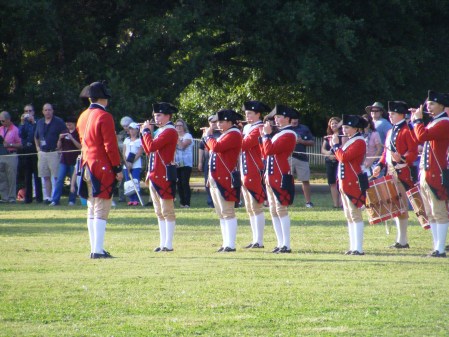Let’s Discuss
Chapter 2
The Symphony

Columbus Symphony in Bill Heard Theater at the River Center.
To me, the grandest form of music is the symphonic. I don’t mean just music of the Classical and Romantic periods, but, also, pops, country and more played in the symphonic style by a large orchestra. How large? Some of Wager’s works call for orchestras with 120 musicians. I probably started liking symphonic music when I was a young boy, because most movie music has been played by symphonic studio orchestras since the beginning of the “talkies” in the late 1920s. Fortunately, my family was a movie going family. However, an event that happened in about 1947 truly hooked me on the symphony.
When I was a 16 year old percussionist in the Jordan Vocational High School Band , I went to a concert at the 9th Street USO in Columbus, Georgia. The Three Arts League brought the Pittsburg Symphony Orchestra under the direction of Fritz Reiner to town. I was transported when, sitting on the front row in the USO auditorium/gym, I became engulfed in the magnificent sounds of that large, wonderful orchestra. The Jordan and Columbus High bands sat on the first few rows. When someone in the Jordan band asked Director Robert M. Barr who paid for the tickets, he would only say that a rich lady did. He said she wanted to be anonymous. I always suspected that rich lady was Virginia Illeges, who was a big supporter of the Three Arts League and joined with Bob Barr to revive the Columbus Symphony Orchestra. The orchestra, founded in 1855, had gone dormant during the Civil War, then revived in 1908, and shut down again for World War I, revived again in 1936, disbanded for World War II, but was brought back to life after World War II in 1949, the year after I graduated from Jordan, and has been active for 70 years. Bob Barr was its first director and conductor. That role is now filled by George Del Gobbo. More on that in Chapter Three.
